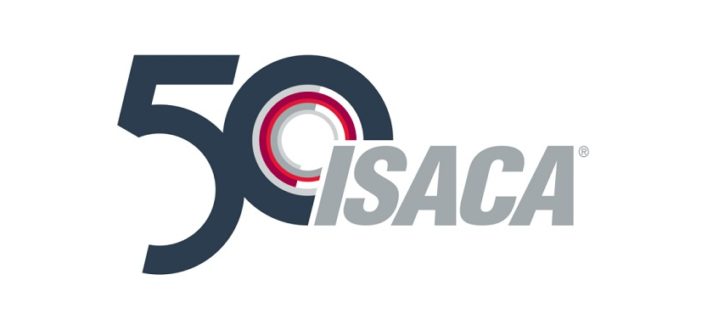
Research from ISACA, CMMI Institute and Infosecurity Group shows fewer than one-third of organisations can accurately predict the impact of threats and vulnerabilities associated with emerging tech
More than half of risk professionals worldwide say their organisation’s risk levels have increased in the past 12 months, according to new research from ISACA, CMMI Institute and Infosecurity Group.
The State of Enterprise Risk Management 2020 report reveals that only 29 per cent of respondents have a high degree of confidence that their enterprise can accurately predict the impact of threats and vulnerabilities associated with emerging technologies. Additionally, fewer than a third (31%) of security pros say their enterprises can respond quickly when new threats are identified, a problematic dynamic given today’s fast pace of business and technology-driven change.
State of ERM 2020 found that the most critical categories of risk facing enterprises today are:
- Cybersecurity (29%)
- Reputation (15%)
- Financial (13%)
The top five cybersecurity risk management challenges are changes/advances in technology, changes in types of threats, too few security personnel, missing skills in existing cybersecurity personnel, and increased number and frequency of threats.
Risk identification processes commonly adopted, but infrequently optimised
The study also found that nearly two-thirds of respondents have defined processes for risk identification, but only 38 per cent believe that those processes are at either the managed or optimised level of the maturity spectrum. This high adoption, low optimisation trend shows there is significant need for action and improvement.
Global regions face wide spectrum of cybersecurity threats
The State of Enterprise Risk Management 2020 study also reports diversity in the types of attacks seen across geographic locations and industry sectors. For example, respondents from Asia and India report more nation-state attacks than those in North America, Oceania and Europe.
When it comes to managing the fallout of an issue, only 43 per cent of respondents’ enterprises employ insurance as a mitigation control. Organisations in North America and Africa are the highest adopters of insurance, with Latin America being the lowest.
Management and governance gap revealed
The study reveals a potential disconnect between management and governance of enterprises when it comes to risk. Respondents note that, on average, boards of directors are only updated on cybersecurity risk on a quarterly basis – sometimes even less. Chief information security officers (CISOs) are updated much more frequently, with 70 per cent saying they receive updates at least once a month. This knowledge gap is a key opportunity for CISOs to expand their visibility at the governance level.
“Big risks can be ignored when the right people aren’t in the room for the conversation,” said Tracey Dedrick, ISACA board director. “Start at the highest level within the organisation and get the people in the room that own the risk from the top down. This will ensure the right themes are addressed and important organisational alignment takes place.”
Five steps for mitigating and addressing risk
According to ISACA, enterprises can work to mitigate and address their risks by taking the following five steps:
- Use current trends and technology to predict future outcomes.
“The trajectory of cloud—both its adoption dynamics and the risk it introduces—can serve as a bellwether for future technologies,” said ISACA Board Chair Brennan P. Baybeck. “While cloud was initially seen as creating new risks and challenges to be solved, it also delivers incredible value. Strong governance and risk management helps ensure that the value exceeds the risk—and the same is true for newly emerging technologies.” - Clearly define risk. For enterprises that struggle with their risk management maturity, it is particularly important to refine and clearly define risk tolerances in order to advance along the maturity spectrum.
- Know your business. Remember that no two companies face the same level of risk. For example, operational risk is significantly more difficult to forecast within manufacturing compared to other industries. Cybersecurity and technology risk, by contrast, are hardest (by a wide margin) to forecast for the financial services sector.
- Don’t get siloed. Your stakeholders will have varying priorities when it comes to risk. That means taking a balanced approach to ensuring that multiple perspectives are acknowledged and addressed in your risk mitigation planning.
- Set expectations and optimise risk. Clear and direct expectations about risk tolerance – along with corresponding guidance for risk decision-makers – can go a long way to helping optimise risk for the enterprise over the long term.





